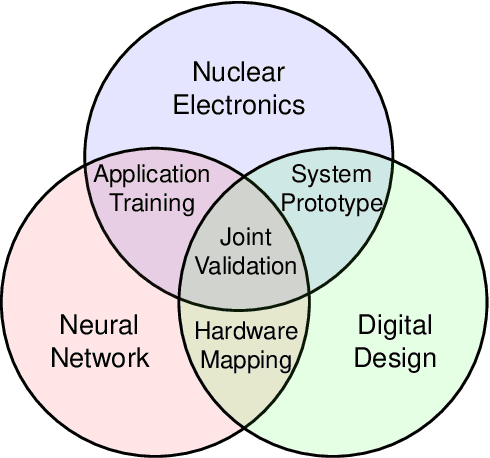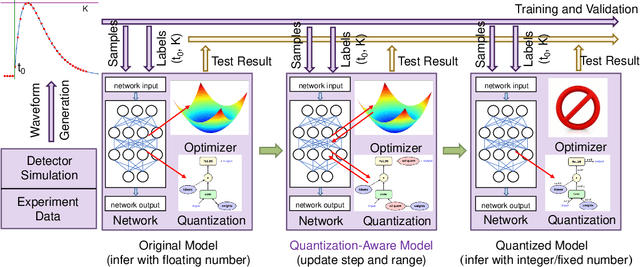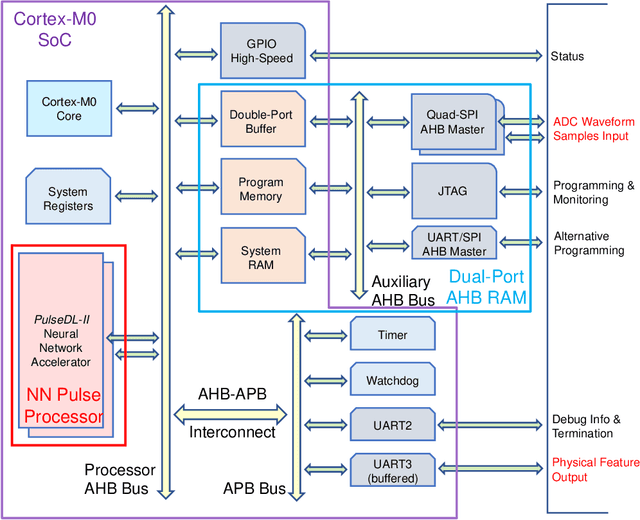Hui Gong
Convergent and divergent connectivity patterns of the arcuate fasciculus in macaques and humans
Jun 24, 2025Abstract:The organization and connectivity of the arcuate fasciculus (AF) in nonhuman primates remain contentious, especially concerning how its anatomy diverges from that of humans. Here, we combined cross-scale single-neuron tracing - using viral-based genetic labeling and fluorescence micro-optical sectioning tomography in macaques (n = 4; age 3 - 11 years) - with whole-brain tractography from 11.7T diffusion MRI. Complemented by spectral embedding analysis of 7.0T MRI in humans, we performed a comparative connectomic analysis of the AF across species. We demonstrate that the macaque AF originates in the temporal-parietal cortex, traverses the auditory cortex and parietal operculum, and projects into prefrontal regions. In contrast, the human AF exhibits greater expansion into the middle temporal gyrus and stronger prefrontal and parietal operculum connectivity - divergences quantified by Kullback-Leibler analysis that likely underpin the evolutionary specialization of human language networks. These interspecies differences - particularly the human AF's broader temporal integration and strengthened frontoparietal linkages - suggest a connectivity-based substrate for the emergence of advanced language processing unique to humans. Furthermore, our findings offer a neuroanatomical framework for understanding AF-related disorders such as aphasia and dyslexia, where aberrant connectivity disrupts language function.
PulseDL-II: A System-on-Chip Neural Network Accelerator for Timing and Energy Extraction of Nuclear Detector Signals
Sep 02, 2022



Abstract:Front-end electronics equipped with high-speed digitizers are being used and proposed for future nuclear detectors. Recent literature reveals that deep learning models, especially one-dimensional convolutional neural networks, are promising when dealing with digital signals from nuclear detectors. Simulations and experiments demonstrate the satisfactory accuracy and additional benefits of neural networks in this area. However, specific hardware accelerating such models for online operations still needs to be studied. In this work, we introduce PulseDL-II, a system-on-chip (SoC) specially designed for applications of event feature (time, energy, etc.) extraction from pulses with deep learning. Based on the previous version, PulseDL-II incorporates a RISC CPU into the system structure for better functional flexibility and integrity. The neural network accelerator in the SoC adopts a three-level (arithmetic unit, processing element, neural network) hierarchical architecture and facilitates parameter optimization of the digital design. Furthermore, we devise a quantization scheme and associated implementation methods (rescale & bit-shift) for full compatibility with deep learning frameworks (e.g., TensorFlow) within a selected subset of layer types. With the current scheme, the quantization-aware training of neural networks is supported, and network models are automatically transformed into software of RISC CPU by dedicated scripts, with nearly no loss of accuracy. We validate PulseDL-II on field programmable gate arrays (FPGA). Finally, system validation is done with an experimental setup made up of a direct digital synthesis (DDS) signal generator and an FPGA development board with analog-to-digital converters (ADC). The proposed system achieved 60 ps time resolution and 0.40% energy resolution with online neural network inference at signal to noise ratio (SNR) of 47.4 dB.
 Add to Chrome
Add to Chrome Add to Firefox
Add to Firefox Add to Edge
Add to Edge